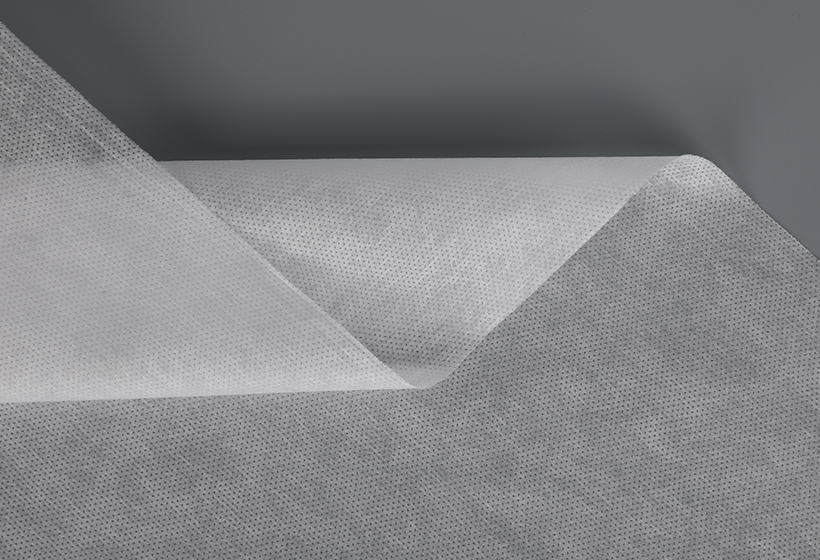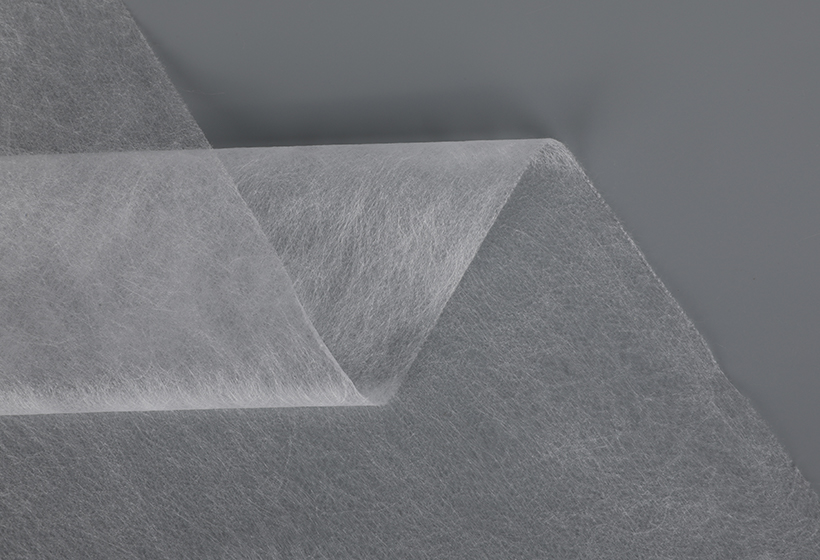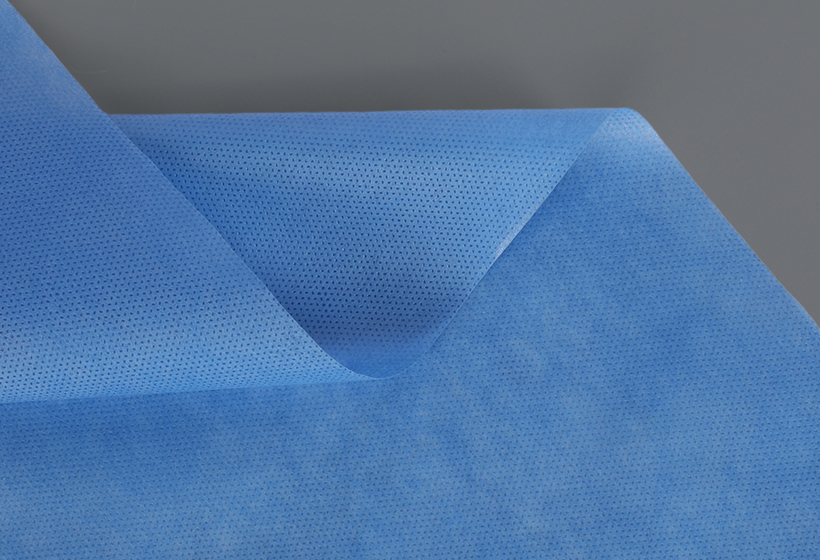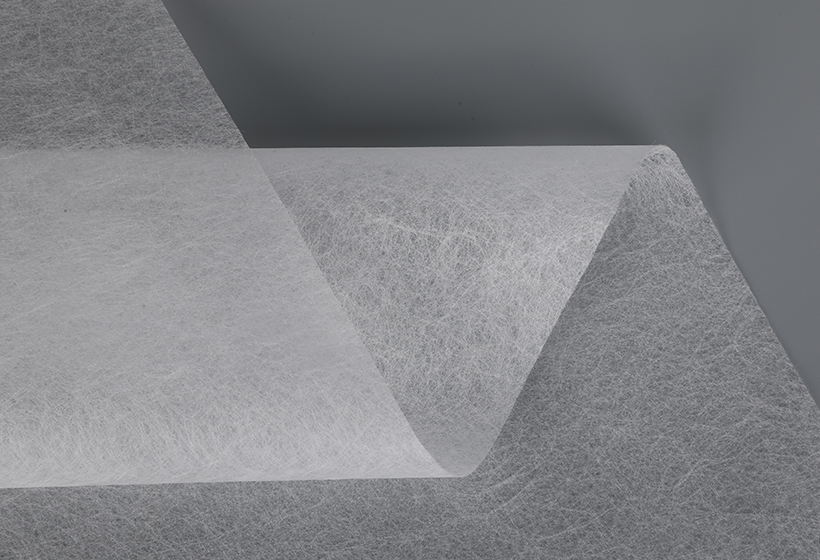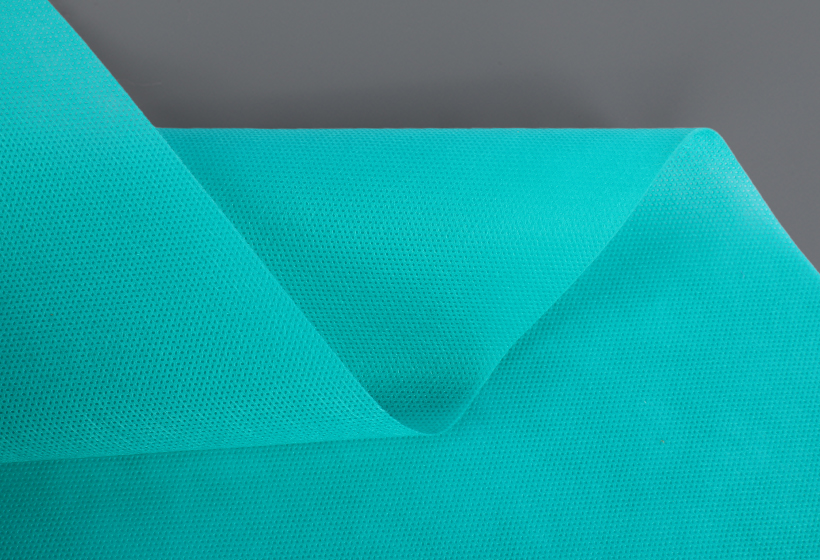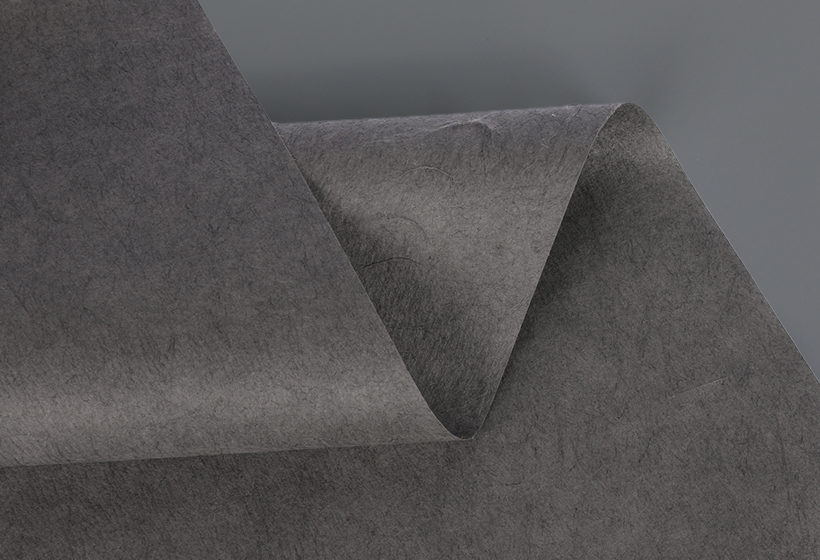Are non-woven fabrics the same as polypropylene? If so, why? There are several important differences between the two. For example, isotactic polypropylene is the most common polymer used to make non-woven fabrics. Its benefits include high yield, low cost, and the ability to recycle it. Spunlace, spunbond, and woven fabric are made from fibres such as cotton and viscose. Spunbond polypropylene is laminated to prevent bacteria and fluid penetration, making it useful in the medical industry.
Non-woven PP is commonly available off the shelf and can be used for a variety of products. It is usually water-repellent and large enough to be used as a disposable fabric. Its manufacturing methods make it easy to dye, and the range of products it can be used for is extensive and varied. If you are unsure of whether your product requires a non-woven fabric, consult your supplier for details on which one is best for your needs.
While non-woven polypropylene has many advantages over plastic, it is not completely sustainable. Plastic bags made of non-woven polypropylene are a good example. They are both recyclable and biodegradable, and are often sold at retail outlets. They are also eco-friendly compared to plastic bags because they contain less energy and carbon dioxide. However, one of the biggest advantages of non-woven polypropylene is that they do not contain Bisphenol A, which is a harmful chemical.
Non-woven polypropylene is another popular type of textiles. It is lightweight, durable, and moisture-wicking. It is often used for textiles worn close to the skin, such as face masks and athletic clothing. Non-woven polypropylene fabrics have incredible properties that make them ideal for performance textiles. Its versatility and flexibility make them highly valuable for many uses.
Non-woven polypropylene is a durable, lightweight fabric with excellent physical and chemical properties. It is durable and can withstand high levels of moisture. It can be used for many products, from diapers to medical protective gear to eco-friendly jewelry. These materials have a long shelf-life, making them great for a wide variety of applications. So, if you are wondering, is non-woven the same as polypropylene?
The Public Health Agency of Canada recommends a third layer of cloth face masks to protect against the harmful particles in the air. Non-woven polypropylene fabric is the material of choice for the third layer. However, many people do not know what this material is or how to get it. Some people make their own masks at home or at local clothing companies, but it is worth knowing that there is some similarity. Every layer adds to the overall filtration. The difference is the amount of filtering available. Some types of fabric may give better filtration than others, so it is best to get a sample before purchasing.



 English
English Español
Español
